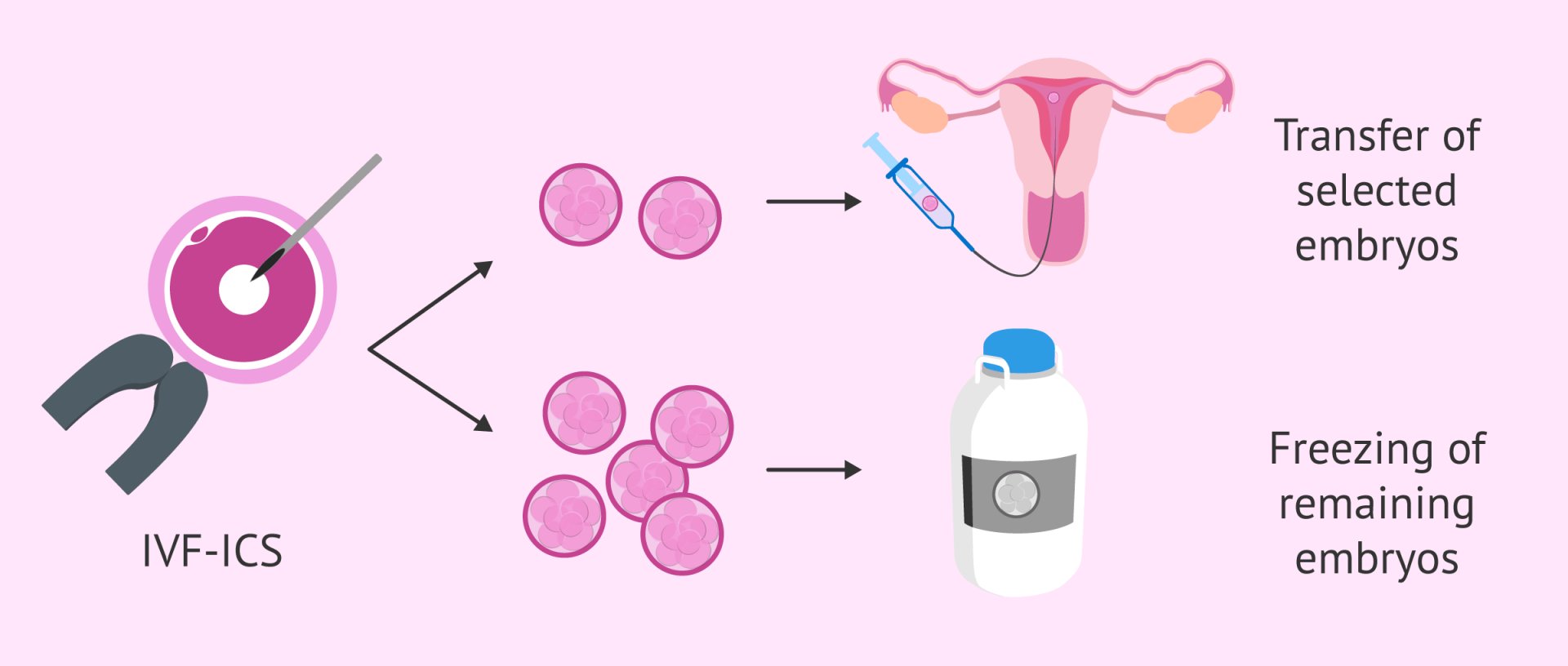- HOME
- Solutions
-
Products
Products
- Bio-fermentation Equipment
- Reactor
- Rotary Evaporator
- Freeze Drying
- Wash & Clean
- Filling Machine
- Shaking Incubator/Incubator
- Air Clean Equipment
- Medium Preparation and Filling System
- Sterilization Equipment
- Refrigerated/Heating Circulator
- Air Compressor
- Peristaltic Pump
- Disinfection equipment
- Centrifugal Separator
- Water Purification System
- Water Testing Equipment
- Kjeldahl Protein Nitrogen Analyzer And Relevant Devices
- Moisture Analyzer
- Balance
- Grinder
- Portable X-ray Fluorescence Analyzer
- Benchtop X-ray Fluorescence Analyzer
- Dumas Nitrogen Analyzer
- Lipid Oxidation Analyzer
- Microbiological Detector
- Mycotoxin Detector
- Organic Element Analysis
- Solvent Extraction
- Agricultural Residue Detector
- Gas Chromatography
- Microbial Sampling and Testing Equipment
- Air Quality Monitor
- Portable VOC
- Continuous Monitoring of Total Non-methane Hydrocarbons
- Exhaust Gas Sampler
- Soil VOC Detector
- Mobile Container Laboratory
- Low Temperature Preservation
- Molecular Biology
- Cryogenic Preservation
- Autoclave
- Spectrophotometer
- Oven
- Water Bath/Chiller
- Biosafety Equipment
- Biosafety Laboratory Room
- Centrifuge
- Pipette
- Stirrer & Mixer
- Shaker & Rocker
- Microscope
- Sample/Tissue Processing
- Microplate Reader
- Biochemical Analyzer
- Imaging System
- Titrator
- General Laboratory Instruments
- Colonometer
- Wiped Film Molecular Distillation
- Muffle Furnace
- Oil Centrifuge
- Analysis and Testing Equipment
- Spray Dryer
- Climatic Simulation Equipment
- Pharma Industry
- Clean Room/Purification Project
- Distillation & Purification
- Measurement and Analysis
- Hazardous Material/Safe Storage
- Mining
- Muffle Furnace
- Water Distiller
- Gas generator
- Glove Box
- Microwave Digestion Equipment
- Service & Support
- Global Reference
- About Us
- Contact
一级标题
一级标题



